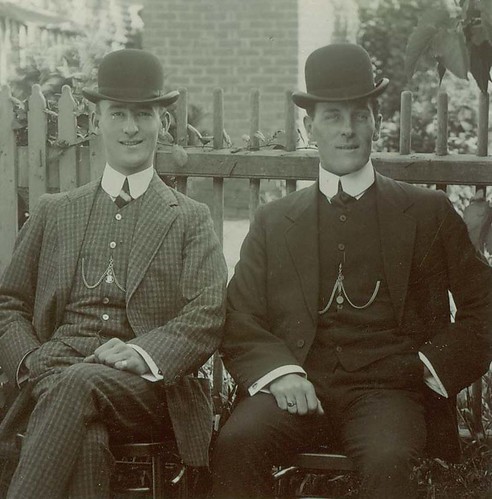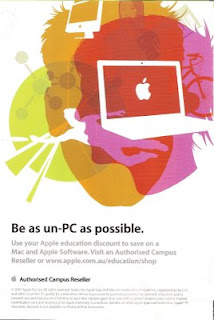Searching for a format to spill some of my thoughts on Worlds, I read
Gwen's post on the Women's teams.
So here is my take on the teams in the Open division that we Dingos played. The other Open teams will be in Part 2.
Ireland
Ireland have improved rapidly over recent years, from playing in the UK Tour events and, I presume, European tournaments. While they only got a few points more off the Dingos than in 2004, they were much stronger: an aggressive long game, a innumerable number of handler dump reset passes, that were painful to chase in a zone, and a clever iso game that often isolated one receiver upfield (but not too deep) for a strike when the defence was out of position, German-style.
These folk were deserved Spirit winners and their supporters were fun-loving too.
Venezuela
We played Venezuela on the stadium field, and even with only a few dozen spectators, the echoing concrete steps and roof made on-field communication hard. Along with the language barrier, and Venezuela's fiery style of play, this was a heated game. There were fouls on the mark. Venezuela used a surprising number of injury subs. Catches close to the line came along to keep both teams discussing more than playing. Gav even passed a disc back to the thrower, and unwittingly hit a distracted Venezuelan in the back of the head. Fortunately that didn't get taken the wrong way.
Germany
This European powerhouse has slipped - they finished 13th out of the 18 Open teams. Phillip, their go-to guy got injured during our game, and their competitiveness in our game slipped after that. Hans was the source of a lot of their offence. Their defence was more opportunistic than block-seeking. Hopefully they can develop their young players and rise up again.
Colombia
Venezuela's neighbours would have been equally fiery on a typical day, but they met us shortly after a close loss to Venezuela. And so they looked a bit flat, despite still being an animated and speedy team. We won by a similar margin to that in our Venezuela game, but felt more in control in this one. Colombia finished the tournament in 8th position at their first Worlds. An awesome, and probably unprecedented, effort. I hope the South Americans can make future Worlds (the exchange rate probably isn't nice to them), as they bring a different style of play to the tournament.
Great Britain
GB had high hopes for this tournament after beating up on most of Europe for the last few years. I felt we established ourselves as a notch above them during our pool game - we won almost all the aerial contests, and felt dominant on field. Yet they faced us again in the quarterfinals and beat us convincingly in the more important game.
They didn't push Canada in the semi but did come close to Japan twice - I think Japan weren't the force some were expecting, rather than GB pushing up enormously.
Sweden
The Swedes played a short rotation. Short, as in "the sun is beating down, its the last game of the tournament, the ground is baked hard, we're losing to dozens of fired up Aussies, and we're still only using 8-10 guys in this game" short. In the rematch for 5th place, they found ways to save their legs against us by hucking very often, and going to transition zone on D, but couldn't prevail. Like in 2004, we beat them twice. This time the first match was the argumentative one, and the second one was even-tempered.
USA
Our D didn't get it done in this game on the show field. Only one break at half (USA lead 9-7), but then their D put pressure on our O after that, and we didn't do likewise. Some spectacular plays from both sides (Mr Nord, I believe Mr Neild has that disc you are looking for)
and hard running made for a game the crowd really enjoyed. Sockeye didn't really have a lot of tall timber outside of Chase and Nord - they'll happily put 4 guys around 6 foot on the line as their cutters. In comparison we Dingos could field at least 4 guys who were 6'4" downfield.
USA's offence relies on 7 guys running really hard to keep their defenders occupied, and spacing the field well. This means the defence can't help out on hucks, and the moment a defender is wrong footed, the cutter is on the move to get open. One point I marked Tim Gehret and he made about 12+ cuts non-stop before the chance came to cut up the line for a pass.
And the offence really runs through Ben W a lot.
 |
| JJ's photo of USA with the disc |
Finland
The wind had picked up so we played some Pommy zone early vs Finland. It got us 6 straight points.
Mikko Paanasalo seemed to be the man they wanted to attack through, but they couldn't move upfield. After half they put him behind the wall to attack from upfield, and their handlers seemed to move the disc quicker, with more success.
The Finns have a crisp style of play, with their sharp looking forehands. A bit of a contrast to the athletic power style game of we Aussies.
Dan with Konstantin, who we reckon looks like Frankie.






















